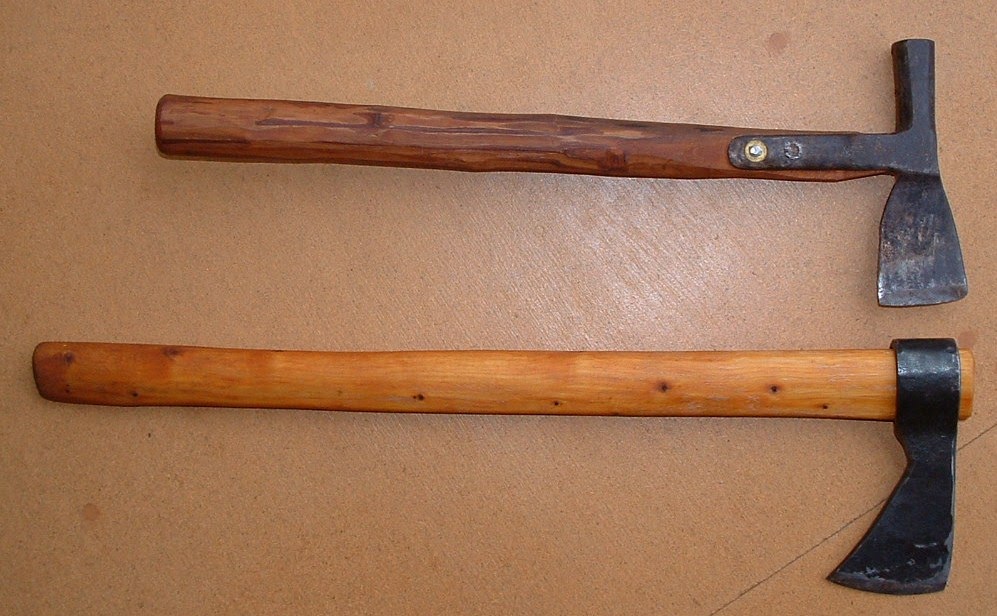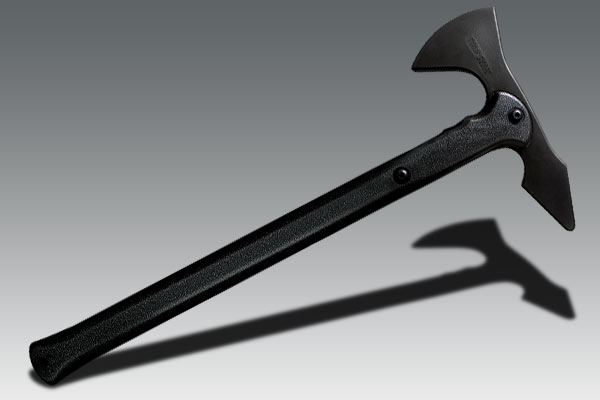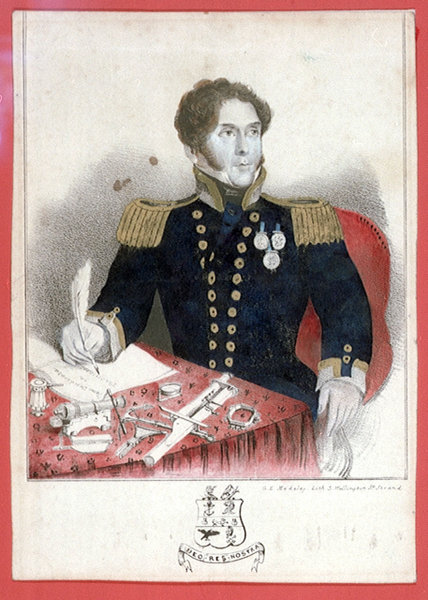Finally, a follow-up.
It only took two months, but I really wanted to experiment with some of the material I discussed earlier in the first post of this two-parter. (Click here to check out the first post!)
I had done my research, had my fancy new green jacket, and was ready to really play around with some hand-axe or tomahawk stuff. The problem, really, started there.
With a lack of direct primary source material, studying a weapon or combat style becomes an exercise in what many refer to as “experimental archaeology”. I would argue to change this to “experiments in anthropological violence” or at least “archaeological reenactment” but, that’s because I’m pedantic and like arguing about words.
So, the archaeology becomes the first step – what objects do we have to base our theories on? This often becomes relevant not just for those reconstructing the martial arts of the pre-Columbian Americas, but for the martial traditions of the “Viking” or late migration era Europeans, and other pre-manuscript cultures that didn’t leave us lovely how-to books.
We can, however, work from a place of objectivity, at least during the initial onset. Looking at artifacts from the period (18th century Americas), there are several examples of tomahawks available (heads, at least). We can look at some specs for weight, balance, distribution – this is often a good place for reconstructive HEMA-type martial arts to begin work.
From this, we move on to secondary sources – paintings, artwork, and written accounts depicting the weapon or combat, and the people who practiced it. There isn’t much evidence in the way of written accounts of usage that I could come by, but there are some historical portraits or paintings, especially of Native Americans and their tomahawks. This informs how they were carried (in the hand and at the side) and gripped, or at least how they had been perceived and recorded by the Europeans whose artwork survived.

I will, loosely, add a step 2.5 – lacking historical sources, there are modern systems available (such as the tomahawk work of Col. Dwight C. McLemore), and I strongly recommend referencing these. Although not cited to the degree of academia, these often possess historical references and a strong understanding of the martial theory involved in these weapons.
Next, it’s time to put it into practice. So how did that go? There was some anecdotal remark in Roger’s orders and associated works about how the tomahawk would be utilized in the same fashion as the cutlass in combat.
Wholeheartedly, it is my amateur opinion to disagree with that pretty succinctly, in a very specific context. Under no circumstances in a one on one duel or sparring session can you utilize a tomahawk like a cutlass – the lack of hand protection and thrusting ability completely change the game in single combat, and convert your necessary tactics to more like a long dagger or even a club. Applying saber work to cutlass is usually just a matter of time and measure adjustment – continuing to further trickle that down to single combat with a tomahawk became almost impossible (beyond, of course, the fact that yes all fights are time and distance and reaction, good fencers will always be good fencers who can manipulate those things regardless of God-killing overlong swords and such, etc.)
I utilized a Cold Steel synthetic tomahawk as the safest option at hand to experiment with my options, and took it against small sword, saber, and other tomahawks, and this was consistently the case.

Now, does this immediately spell doom for the accuracy of the anecdote about using tomahawks like cutlasses? Not at all.
Sorry to go full Matt Easton on the post but – it’s all about context. In a line, or in a group fight, if we reference some texts and lesson such as Pringle Green’s works (which I had the lucky honor of taking a seminar in from John “Doc” Lennox and Steve Huff, both instructors at CombatCon this year!), then yes it becomes EXCEEDINGLY similar in use to the cutlass.

We can then work out that, in the context of “cutlass use” as intended by the author of the above anecdote, yes, a tomahawk would have been similarly employed.
So, really, the point of this whole piece was as a thought exercise:
Number one, I can almost universally tell you that I personally, in single combat, would never prefer a tomahawk to a sword, were the option there. However, my needs in a sword fight are not the same as the needs of the folks such as the Rogers’ Rangers making that choice historically. I don’t have to carry this thing around, every day, use it for other daily tasks or risk carrying a SECOND thing, spend time sharpening and honing the tool, or a litany of other factors. Our discussion around the “better” or “more effective” nature of weapons is relevant and fun, but only anachronistically and out of context unless those points are brought to the table.
Number two, these conclusions are barely conclusions thanks to the limited resources and the scuffed lens of looking backward through time, but they ARE researched, and so can yours be as well. Experimentation is fun – don’t be afraid of “what you’re doing not being considered HEMA”, or legitimized by written fencing manuals. Experimentation is important, and again, I reiterate, fun! I had a blast doing bouts with a tomahawk and got stabbed by a smallsword a BUNCH (which, really, is about standard for me doing smallsword anyways).
Much like any science, though, the science of defense has a good way and a bad way to go about experimentation – establish hypotheses, do experiments, conduct research, learn from experimenters who came before you, and accept the conclusions the data set forward, regardless of how cool you think something is, or how badly you want it to be a different way because it fits the narrative.
Now – go forth, swing swords, fight your friends, tell us about it!
